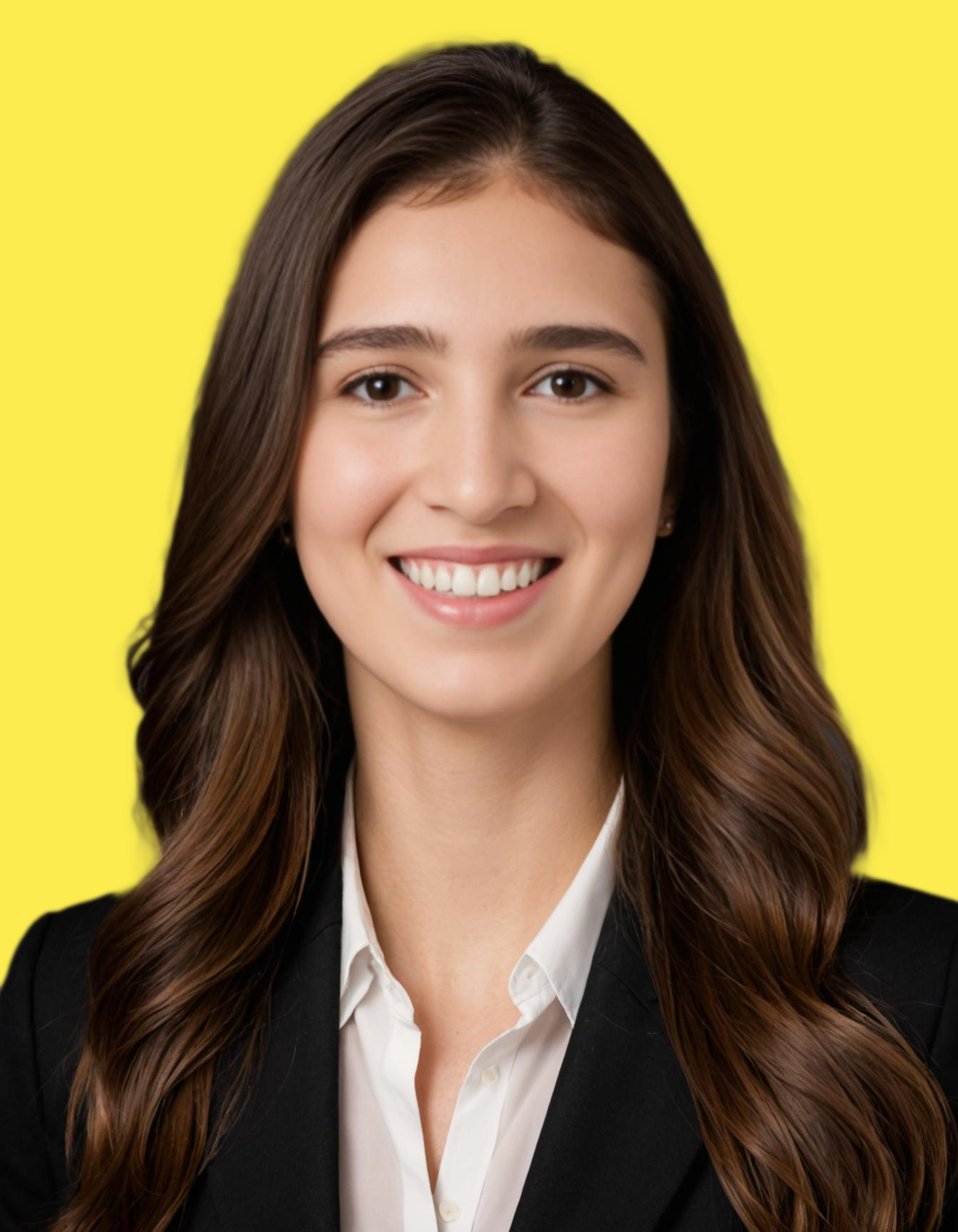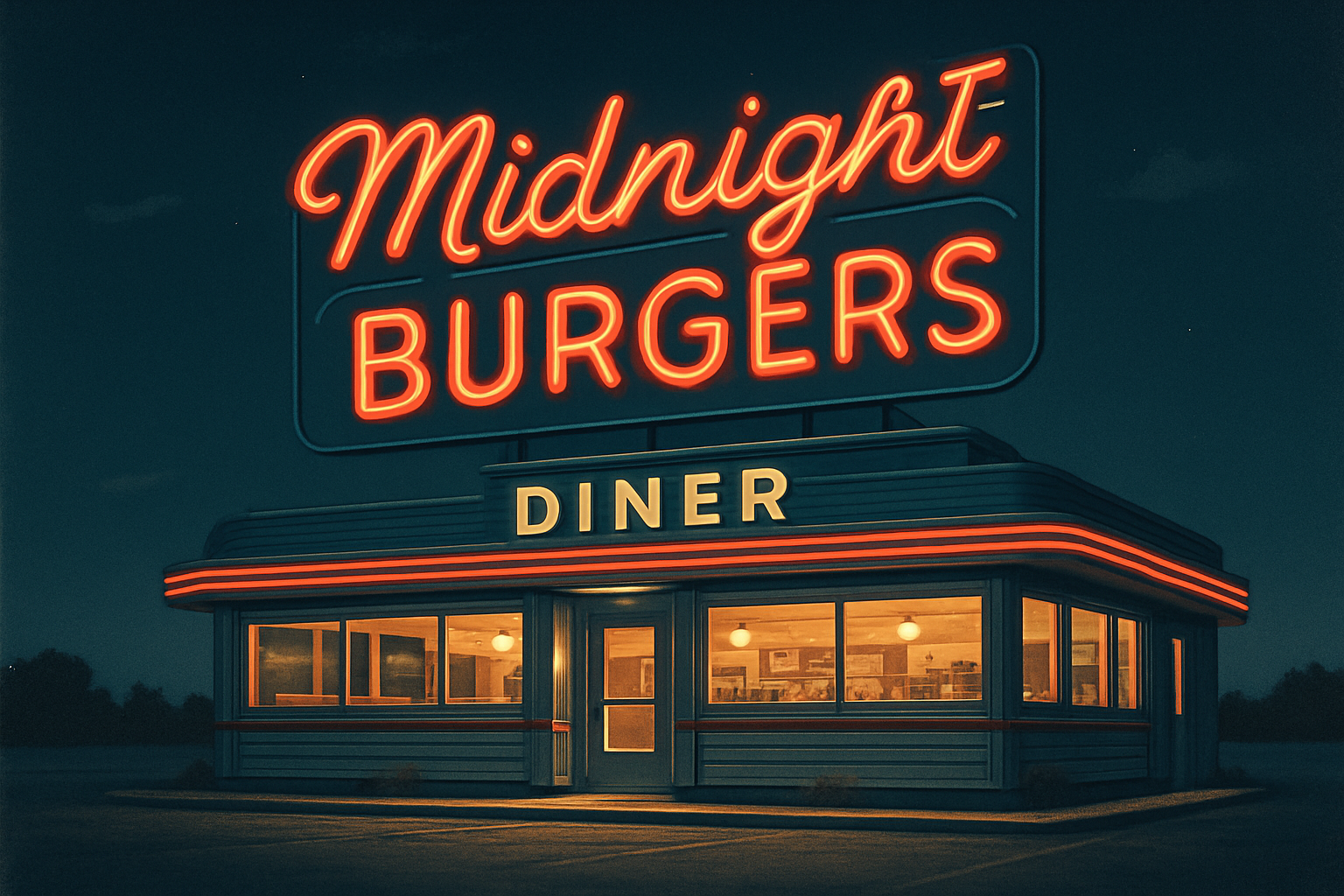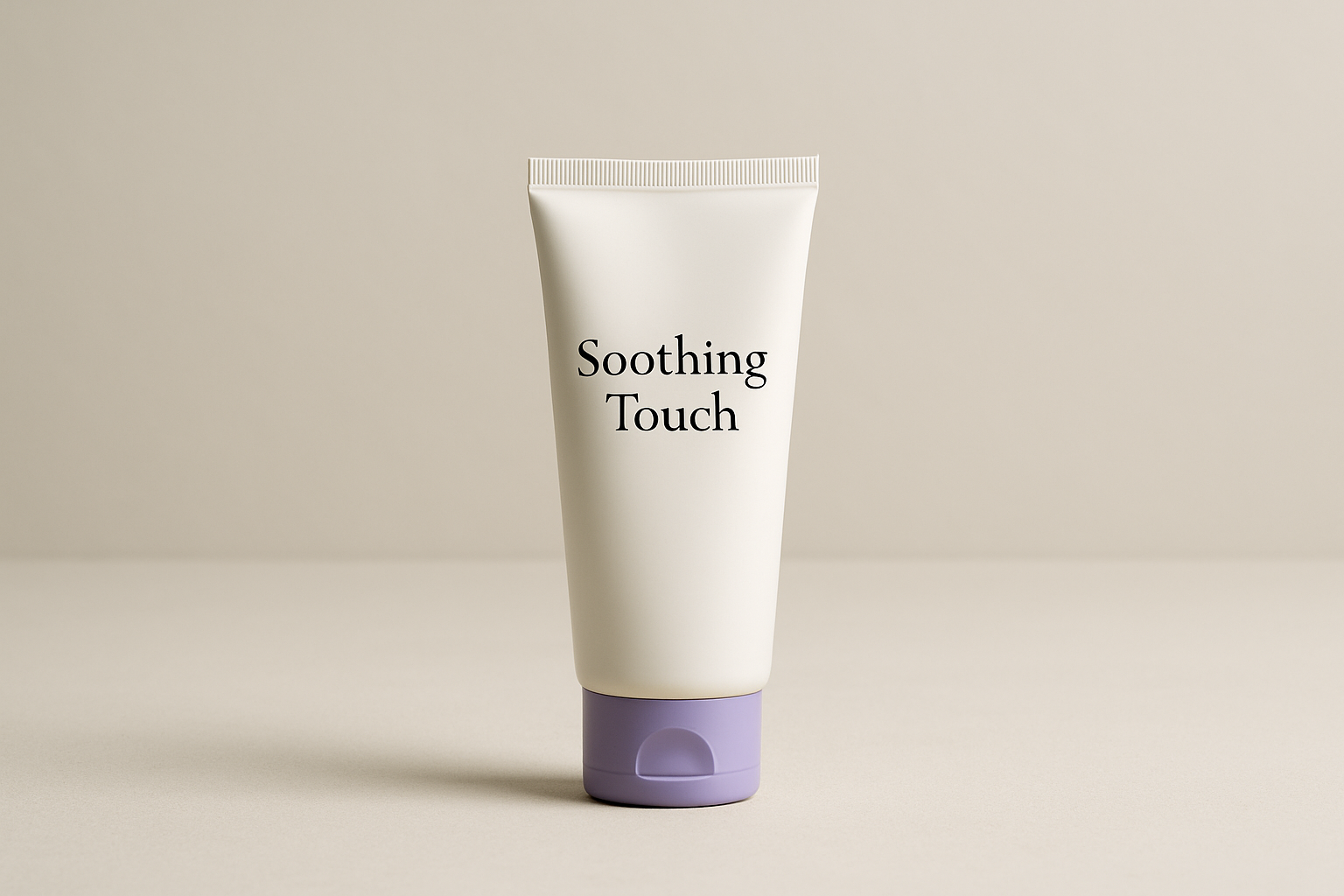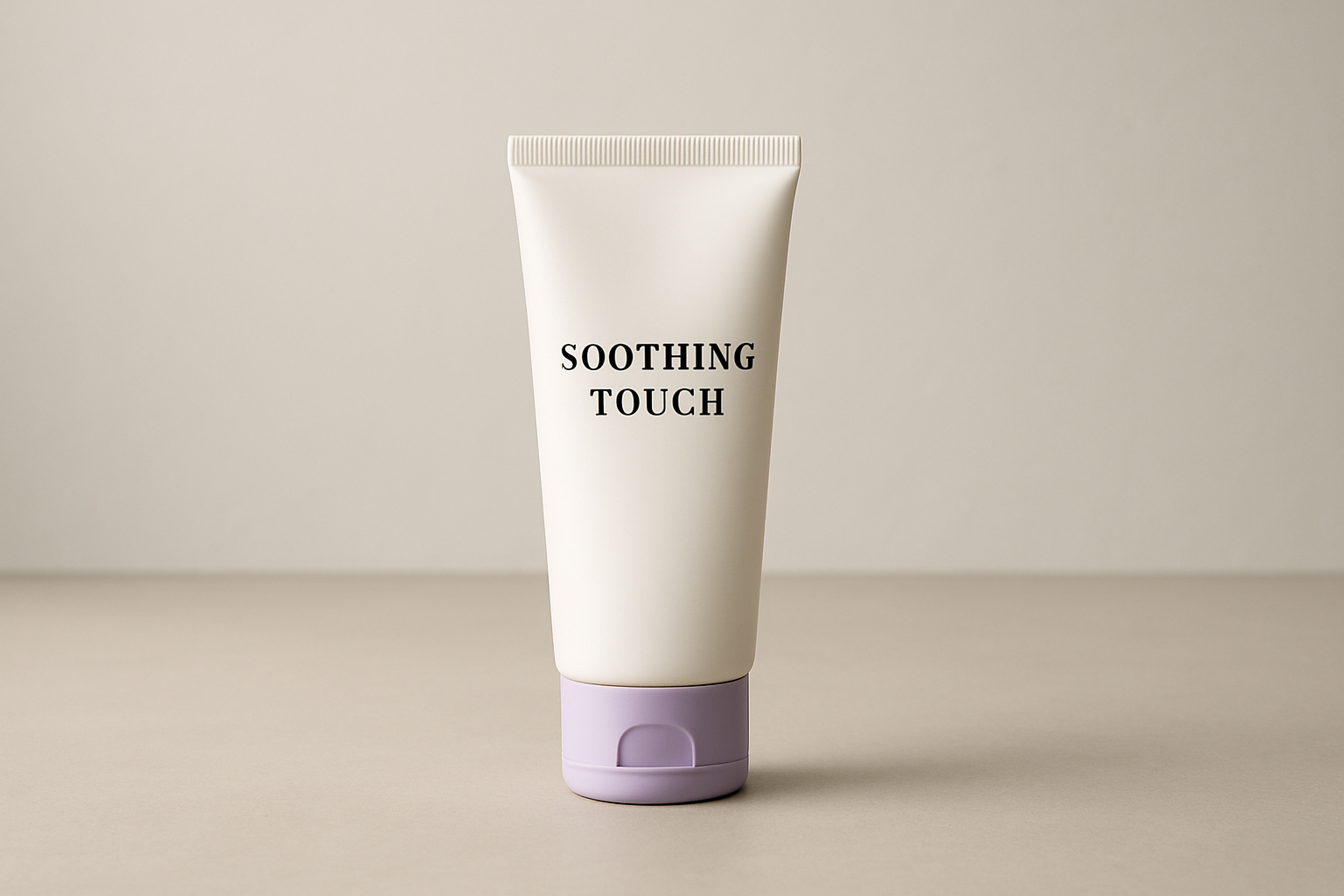
Saba Sohail
Mon May 12 2025
5 mins Read
Text rendering in AI image generation refers to an AI model’s ability to accurately draw/add legible, styled text as part of the generated image, in addition to the prompted graphics, characters, settings and scenes.
In earlier image generation models (like DALL·E 2 or early versions of Stable Diffusion), embedded text was often:
- Misspelled or gibberish
- Misaligned or stretched
- Rendered with incorrect fonts or broken formatting
GPT-4o dramatically improves upon this by understanding spatial layout, character structure, and typographic intent, allowing you to generate visuals with embedded signage, product labels, UI mockups, posters, or even readable storybook covers.
🔍 How GPT-4o Achieves Accurate Text Rendering
Text rendering isn’t just about drawing words—it’s about understanding their structure, spatial placement, and interaction with other elements in the scene.
GPT-4o, as used in Image Studio “ChatGPT Image” model, excels at:
- Character-by-character layout understanding
It generates legible letters with accurate kerning and spacing.
- Alignment and framing
Text appears in logical positions: centered in posters, top-aligned in banners, or embossed in product designs.
- Font-like styling
It simulates popular font styles (e.g., serif, sans-serif, handwritten) based on prompt cues like "bold script font" or "minimalist sans-serif."
 Created with ImagineArt
Created with ImagineArt
How is this possible?
GPT-4o’s visual transformer is trained on multimodal examples—text and image pairs—where it learns both what words should look like and where they belong visually.
🧰 Common Use Cases for Text Rendering in Design
GPT-4o’s ability to generate legible, well-placed text within visuals makes it a valuable tool across many real-world creative applications. Below are five major use cases, each with an example prompt you can run directly in ImagineArt’s AI Image Generator ChatGPT Image model.
🟢 1. Posters and Event Flyers
Whether it’s for a concert, workshop, or festival, event posters need bold, readable text with stylistic flair.
Why it works: GPT-4o accurately places the event name, date, and slogan in the layout while maintaining aesthetics.
Prompt to try:
“Retro poster design for a Jazz Night event. The poster reads ‘Jazz Night — Saturday 8PM — The Velvet Room’ in vintage serif font, with golden yellow and navy color scheme, glowing border and musical instruments in the background.”
🟢 2. Storefront or Signage Mockups
Showcase how a business name or logo would appear on an actual storefront with a mockup —like a bakery, bookstore, or fashion outlet.
Why it works: GPT-4o can position the business name in a realistic storefront context, complete with depth, shadows, and material cues (e.g., wood, neon, glass).
Prompt to try:
“Front-facing view of a rustic bakery with a wooden sign above the door that says ‘Butter & Crust’ in gold serif lettering, warm morning light, cobblestone street.”
🟢 3. Product Packaging and Label Design
From hand cream jars to coffee bags, product visuals often require styled text for product names, taglines, and weight/volume labels.
 Product Mockup - Created with ImagineArt
Product Mockup - Created with ImagineArt
And with ImagineArt. you also get variations - in the same generation result.
 Text Variations in Text Rendering - Created with ImagineArt
Text Variations in Text Rendering - Created with ImagineArt
Why it works: GPT-4o simulates layout balance and visual hierarchy on curved or flat packaging.
Prompt to try:
“Minimalist product packaging for a lavender hand cream tube. Label reads ‘Soothing Touch’ in clean serif font, centered, with light purple color theme and botanical illustrations.”
🟢 4. Social Media Visuals and Motivational Quotes
Perfect for influencers, educators, and creators who want stylized quotes, announcements, or headlines inside the image.
Why it works: Text becomes part of the image instead of being layered afterward—more design cohesion.
Prompt to try:
“A modern Instagram post background with a motivational quote in bold text: ‘Create boldly. Fail loudly. Learn endlessly.’ centered in minimalist sans-serif font, light beige background.”
🟢 5. Book Covers and Story Titles
AI-generated book covers benefit from GPT-4o’s ability to embed long or stylized titles in a design-conscious way.
 Explore Text Rendering in ImagineArt
Explore Text Rendering in ImagineArt
Why it works: The model understands where titles belong and can simulate calligraphy or fantasy fonts based on context.
Prompt to try:
“Children’s storybook cover illustration of a magical forest. At the top, the title reads ‘The Owl Who Danced at Dawn’ in whimsical handwritten calligraphy. Lush greenery, pastel tones, glowing fireflies.”
🧠 Prompt Tips for Text Rendering in ImagineArt
To get the most accurate and visually pleasing text inside your images using GPT-4o, follow these guidelines:
✅ Use Quotation Marks for Clarity
Write the text exactly as you want it inside quotes.
Example:
“A bakery storefront with a vintage wooden sign that reads ‘Butter & Crust’ in gold serif font”
✅ Mention Text Style and Placement
Be explicit about how the text should appear:
- "bold, uppercase text centered above the building"
- "handwritten script at the bottom of the poster"
- "minimal sans-serif title on the book cover"
✅ Avoid Overloading with Multiple Text Blocks
GPT-4o handles one or two lines of text best. For complex layouts, break prompts into parts or use image-to-image editing in ImagineArt.
🧪 Example Prompts to Try in ImagineArt
Here are three prompt ideas specifically designed to test GPT-4o's text rendering:
-
“Minimalist product packaging design for a lavender hand cream. Label says ‘Soothing Touch’ in clean serif font, centered on a white background.”
-
“Retro poster for a 1950s diner with bright neon text saying ‘Midnight Burgers’ in cursive.”
-
“Children’s storybook cover featuring a magical forest. Title text: ‘The Owl Who Danced at Dawn’ in whimsical calligraphy at the top.”
Use the ChatGPT Image model in ImagineArt, and make sure to select Lighting: Studio and Camera: Front for optimal clarity.
🎯 Final Thoughts
GPT-4o marks a leap forward in AI image generation by making accurate text rendering reliable and design-friendly. Whether you're creating marketing assets, signage, or artistic covers, you can now include precise, stylized, and readable text directly in your generated images.
In ImagineArt, simply choose the “ChatGPT Image” model and apply the right prompt structure — the AI will take care of the typography magic.

Saba Sohail
Saba Sohail is a Generative Engine Optimization and SaaS marketing specialist working in automation, product research and user acquisition. She strongly focuses on AI-powered speed, scale and structure for B2C and B2B teams. At ImagineArt, she develops use cases of AI Creative Suite for creative agencies and product marketing teams.